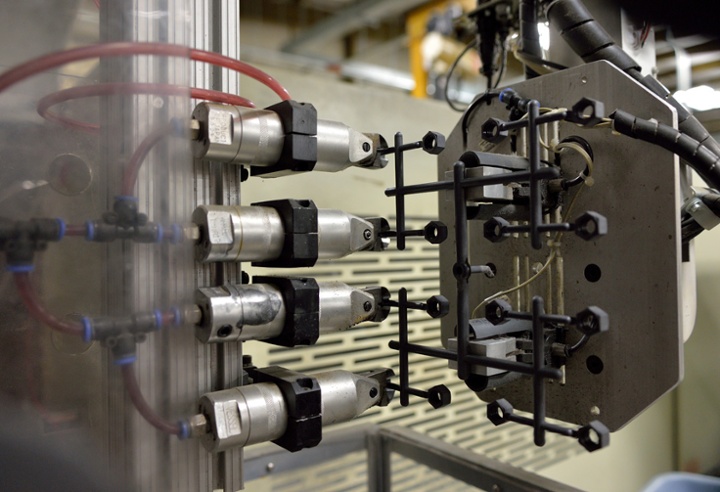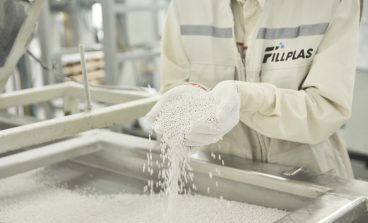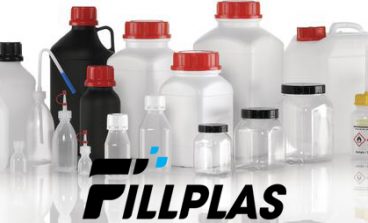
Injection molding is the technology feeding plastic material into a heated barrel. The material is mixed and then led into a mold cavity, where it takes shape and hardens into the final product. What you might not know is that plastic injection molding has a bevy of advantages and benefits over comparative plastic processing and manufacturing methods. Here’s a look at the superiorities of plastic injection molding:
1) Injection Molding – It’s accurate
Plastic injection molding is such a precise method that it can fabricate nearly any type of plastic part. There are certain design restrictions, but the molds that are made allow the finished product to be very precise. In fact, accuracy is typically within 0.005 inches.
2) Injection Molding – It’s fast
There is a reason why plastic injection molding is one of the – if not the most common – technologies for long manufacturing runs: it’s fast. How fast? While the speed depends on the complexity of the mold itself, generally only about 15 to 30 seconds pass between cycle times.
3) Low labor costs
Injection molding equipment typically runs with a self-gating, automatic tool to keep operations streamlined and production ongoing, requiring minimal supervision.
4) It’s resourceful
With so much attention being paid to sustainability these days, it’s common place for product developers to choose processes that benefit the environment and minimize waste. Plastic injection molding isn’t only an efficient, effective process, but it is also resourceful. That’s because a) only as much plastics as is necessary is used to create the part and b) excess plastic can be ground up and recycled after use.
5) Flexibility
Aside from being an accurate production process, plastic injection molding is also a flexible one. By this we mean that it’s simple to change the type of material that is being produced as well as the color that the product is being produced in.
6) Ideal for creating high-strength components
One cool benefit of plastic injection molding is that fillers can add to components during processing, reducing the density of the liquid plastic while adding enhanced strength to the finished part. Plastic injection molding is an ideal process for industries or products where parts need to be strong
7) A smooth finished appearance
Plastic injection molding is a process, for the most part, where produced parts need little to no end finishing. That’s because all parts that come out of the mold are about the closest thing to a finished appearance. Yes, the surface finish is really that good right out of the mold! Getting back to benefit No. 3 on this list, here’s another an example of how injection molding creates low labor costs.
8) Co-injection molding
Injection molding machines are able to process two or more different plastics at the same time. FILLPLAS have filler with PE or PP resin for injection molding products.
9) Cheaper than plastic machining, long-term
The initial creation of a mold can be expensive, with the cost being a few thousand dollars. But once the molds create you can create a very large volume of plastic components at a minimal cost. For this reason, large production runs using plastic machining can cost up to 25 times more than plastic injection molding.
10) It’s widely used
Plastic injection molding is one of the most popular plastic producing processes. Just look around – you’re certain to see plenty of products that were likely made via the process.



